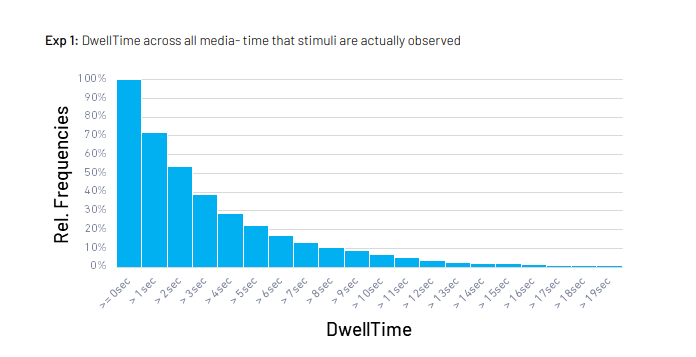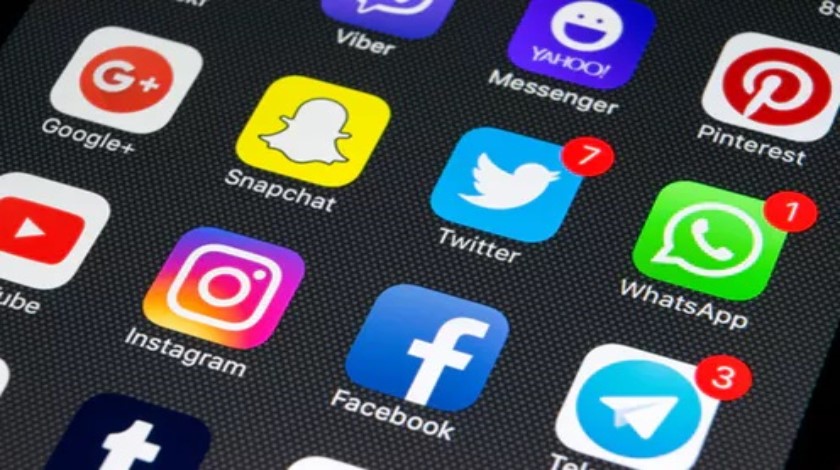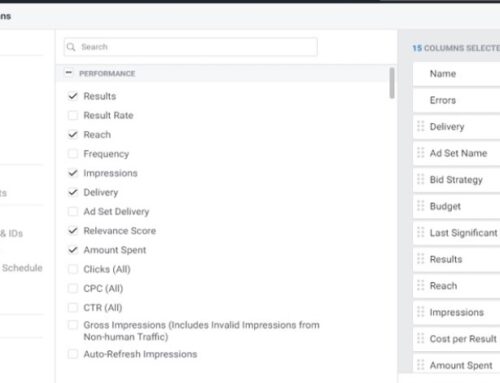Online attention is getting shorter
A study done by a research firm eye square has found that the average attention span of internet users to be – 2.5 seconds. They call it the “The magical 2.5 seconds – the experience of a (very short) moment and the ‘gift of attention’.”
Apparently, the data was collected over 320 studies was done on 340,000 total participants for this result. ‘
Three core theses came from their meta-analysis:
1. Moments are short
2. Short moments can be effective
3. Moments are gifts – creation is the determining factor
The case of a fragmented attention span online is clear. With more users having multiple devices and on multiple social media platforms and websites, they just don’t pay attention to ‘one’ thing for an extended period anymore. In other words, we live in a distracted state on the internet.
But our customers basically live on the internet, so the question is: How are we suppose to reach them effectively with our message?

The magical moment of 2.5 seconds
The graph shows that DwellTime (which is the time users eyes are on the media). “Visual attention of more than 10 seconds becomes very rare. After only 2.5 seconds, 52.2% of users have already left.”

To address this issue, advertisers are advised to:
Be Fast – deliver your message in less than 2.5 seconds.
Be Inviting – use creativity to invite longer observation and achieve deeper perception.
So we can either fit our message into the short and fragmented attention span of our users or give them a reason to commit to watching our media. Depending on where you are showing your ads and on what format, the general rule is to ‘cut it short’. Use brevity, heavily edit your videos or ad copy.
Be fast, use brevity
Here at Samurai PPC, we believe in the “fast approach”. Do you have a lot to say to your customers?
Can you say it in 1 paragraph? If so, can you summarize it into 1 sentence?
If you have 1 sentence, can you summarize it into 1 phrase?
If you have 1 phrase, are you able to summarize it into a few words and still deliver the same impact?
If you have a few words to say, can 1 word substitute it?
This is not to say less for the sake of saying less, but most people online just don’t care to pay attention to you. So keep it short and memorable.
Be inviting, place your best foot first
The second method is to give users a reason to commit to watching your ad. Do you have a strong value proposition that can help them? Human beings are all looking out for themselves first. As described in my ‘advertising notes’, customers don’t see your ads because they love you, but because of what you can do for them.
If you use a video, cut out the ‘lure part’ and go straight into the value. The customers that need to be ‘lured into’ your ad with a ‘give me 5 seconds’ is not your customer anyway. On the internet, you can find a lot of people. Unfortunately, most of them are not going to buy from you. Jumping on a trampoline or doing anything for attention is only going to attract that 15 year old watching his Fortnite video who may have no business dealing with you.
Recall vs. DwellTime

The study then goes on to show that brand recall does have a positive correlation to DwellTime. The longer the user viewed the ad, the more likely they are to remember it afterward. But what’s startling is that after 2.5s the incline drops significantly, observation longer than 2.5 seconds does little to improve recognition.
Source from Eye Media: “eye square’s media benchmark analysis shows a strong correlation between dwell time, attention and memory (especially its implicit factor “recognition”). The longer a creation is observed, the better chances for advertisers’ messages are to be memorized implicitly and explicitly. However, this correlation has its most dramatic incline up to 2.5 seconds and drops off after that – marking the threshold for the effectiveness of advertising. This means that even the shortest and most superficial perception has an impact on memory.”
From this study, we can see that bringing your most important points to the front of the video pays off. When you hide your value proposition in the middle or at the back of the video, you risk losing most of the viewers who will leave after 2.5 seconds. It also shows that very short videos are equally powerful on brand recall as long ones.
“This means that the main challenge faced by advertisers is creating stories and perception in short moments – not long ones. Focus on short moments needs to move further to the center of designers’ awareness so they can be addressed more creatively.” – Eye square.
In conclusion
User attention span on digital media is increasingly getting shorter and more fragmented. With the rise of short videos like YouTube shorts, Instagram stories, and TikTok. Effective ads will be the ones that are short and powerful. Creativity will be required to re-think our approach to digital consumers, and therefore reaping the rewards from adjustments made. Next time, look at how you can change your ad creatives to fit into the attention span of our digital consumers.
If you need help with your Google Ads, reach out to us here.





